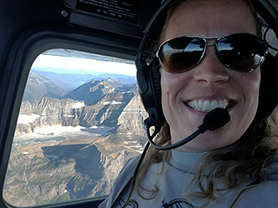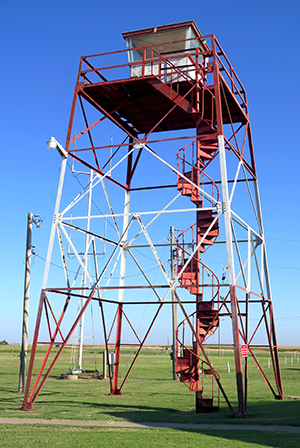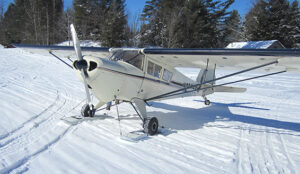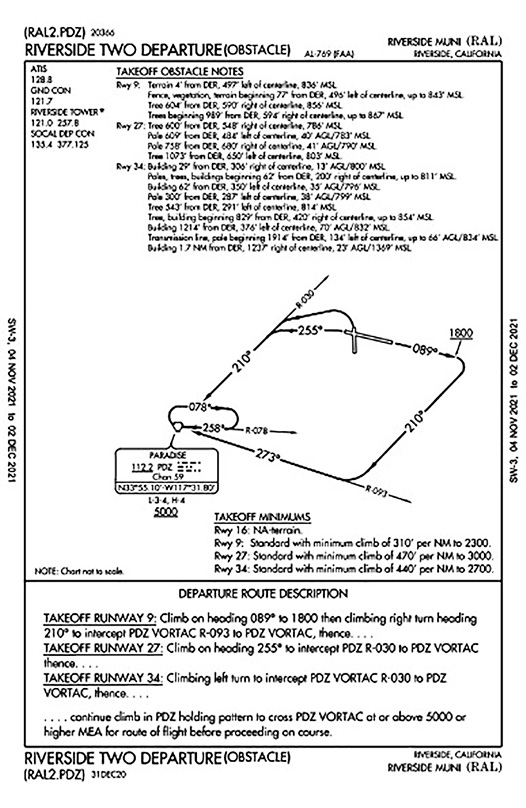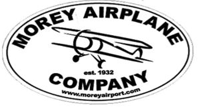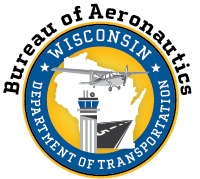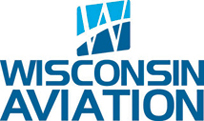by Bob Worthington
© Copyright 2021 All rights reserved!
Published in Midwest Flyer Magazine – December 2021/January 2022 Online Issue
Throughout my ownership of aircraft, every airplane was a tax deduction (a business expense). I was an instrument-rated private pilot, I did not possess any aviation-related business, I was not a commercial pilot… I had full-time employment elsewhere. I will explain what I did, how I did it, and how I remained legal. Keep in mind that claiming your airplane as a tax deduction comes under the purview of the Internal Revenue Service and the Federal Aviation Administration. Additionally, both state and local regulations may also apply. Appropriate resources are listed at the end of this column. Understand that a pilot with a Commercial Pilot Certificate will have more options for using their airplane in a business than a Private Pilot.
Having an airplane as a tax deduction is not a complex matter. To be safe, an aircraft owner should understand applicable IRS and FAA rules that regulate what you want to do. One must also be very adept at record keeping as that fact often separates winners from losers when justifying what you do with the federal government. To me, the biggest part of claiming your aircraft as a tax/business deduction is to be honest. Scheming to declare your airplane as a business expense when it is not, is just looking for trouble. Additionally, defending your business can be time consuming and expensive.
Here are some fast IRS rules. To claim your airplane as a business expense, then obviously, one must have a business. It can be full-time or part-time. A business should be designed to earn a profit (i.e. not a hobby). A business must be created to operate in a manner to make money. Now, there is no federal law requiring any business to be profitable, but the assumption is that the owner is doing everything possible to be profitable.
For many businesses, the path to making money may take years. For example, USA Today took almost five years to find income exceeding expenses.
What is an acceptable expense? The IRS says ordinary and necessary. Ordinary means common to managing the business. If one makes shoes, purchasing leather is an ordinary expense. Necessary refers to the cost of something that is helpful or appropriate to run the business. If one delivers fuel to gas stations, having a tanker truck is necessary. Being necessary does not mandate it to be indispensable or requisite for the business.
An example is a business that has a shaded patio outside the office. This is not directly related to what the business does. But indirectly, it can be a business expense as it provides a safe place for employees to eat lunch and keeps them out of the hot sun while taking a break outside.
What constitutes a business? For tax purposes, there are several forms such as a sole proprietorship (you are the only owner), partnership, and different types of corporations. For me, I was always a sole proprietor, requiring me only to say, I am in business (although state and municipal laws may have their own regulations to follow). If protection of personal assets is a concern, consider a Limited Liability Company (LLC). The structure of an LLC is governed by state statutes.
I became a pilot because my Army assignment required me to travel. Often going by commercial air would take most of a day when my destination would be only 4 hours or so by private aircraft. Pilot friends suggested flying myself would be quicker (and more fun). Thus, the Army paid me to fly my own airplane. Army reimbursements did not cover all my flying expenses, but at that time, the IRS allowed expenses beyond my compensation being tax deductible. About 70 to 80 percent of my flying was tax deductible. When I retired from the Army, my flying was no longer a tax deduction. So now I had to find another way to make, at least, part of my flying a legitimate expense for tax purposes.
I needed to find a business that paid, was legitimate, required my airplane, and could be done in my spare time (I was a full-time business professor). Since I was a writer (business, firearms, and psychology), I figured being an aviation writer might work.
The editor and home office of a weekly aviation newspaper I subscribed to, was less than 2 hours away by airplane. I wrote to him, seeking a writing job, but was told no positions were available. I asked if I could fly down to talk to him. Reluctantly he agreed, saying I could meet him at 4:30 p.m., but he would have to leave around 5:00 p.m.
We met, we talked and talked. I departed at dark and had a new job as the publication’s business editor. I was a pilot, owned an airplane, was a business professor, and now was a paid aviation writer. I was a compensated professional aviation journalist (free-lance, not salaried) tasked with covering aviation conferences and airshows and wrote articles on various aviation businesses. Now the use of my airplane was once again ordinary and necessary for my sole proprietorship business. Soon thereafter I also began writing for other aviation periodicals. Since I had no employees and my job as a professor paid my Social Security contributions, bookkeeping was easy.
I keep a monthly file on every article or book I have written. Another file on income earned and a third file on expenses. This file can become tricky as the IRS may change what can qualify as a tax-deductible expense. For the airplane though, the expenses are easy to justify. Insurance, maintenance, parts, hangar rent, gas and oil, and away overnight parking fees are all collected in another file. For flying I used a separate logbook for every year. At the end of the year, I would total the hours flown and then note those hours flown for business. If I flew 300 hours and 250 were for business, then 83.3% of all my flying costs become a business expense.
The calculations of expenses, depreciation, etc., can be complex. That is why I always use an accounting firm and a CPA to do my taxes. Three times I have been audited. All three times were triggered by administrative errors — none because of tax reports filed by me. The second time the IRS demanded a full examination of my last two years in the Army. For the first-year audit, my wife and I (with our records) spent 8 hours a day for 5 days being scrutinized at a nearby IRS office. This consisted of us justifying all claims cited and then documenting those claims. When it came to my airplane, the examiner noted all my claimed expenses and asked what flying I did. When I explained I flew for the Army in my own airplane, she then asked, “Did the Army require you to own an airplane to fly for them?” I replied no, explaining, “The Army does not require me to own Amtrac, American Airlines, or Greyhound; it just orders me to go somewhere on Army business. How I get there is my business.” She asked if I had copies of those orders, which I showed her. All indicated travel by private air authorized. That ended any further inquiry into the airplane as a deduction.
The audit took a week, and we owed the IRS $40 (for a mistake by the accounting firm regarding expenses on an apartment building we owned and managed). The examiner commented on the preciseness and accuracy of all our files. The audit of the second year was cancelled and I was never audited again for any airplane deductions. The lesson learned is that the accuracy and depth of files backing all claims is extremely important. I cannot emphasize that enough. A word of caution… Not everyone should represent themselves before the IRS.
The IRS does not view an airplane much different than other equipment or vehicles a business needs to earn a buck. Owning a Cessna Citation for a business whose sales area is confined to a 100-mile radius may be a stretch by the IRS. Owning a Cessna 182 for a contractor who builds throughout the state will most likely be accepted without question. Documents, such as a business plan or corporate minutes, can prove helpful with the IRS.
As a pilot (and aircraft owner), a variety of part-time jobs allowed me to use my airplanes as a business expense: as an aviation writer, I flew to cover airshows and aviation conventions; as a business writer, I flew to visit various businesspeople and their businesses; as a university professor, I flew to conferences to present papers; as a management consultant, I flew to meet with clients; and as a real estate developer, I flew to visit land and building projects. All legitimate part-time businesses.
In all cases the travel was a necessary aspect of my business, so I needed a means to get there, therefore using a private aircraft was considered by the IRS as an acceptable form of transportation.
Some words of caution…Using an accountant familiar with the business use of vehicles and IRS regs governing such usage can be vital, as opposed to doing your own taxes. Using an aircraft as a business expense can be complex in that other rules apply. If an airplane is used more than or less than 50% of the time, different accounting procedures must be followed. If the value of an airplane is depreciated over time, surprises may arise when the aircraft is sold or traded. If the sales value of the airplane is more than its depreciated value, then the owner may have to pay taxes on the gain. Recovery of depreciation is ordinary income. I have found that there are other depreciation concerns involved when selling or significantly changing the business use of the airplane. Also keep in mind that every year the IRS Code may have changes that impact you.
I have covered how I used my airplanes as a business deduction. All part-time businesses were created to make extra money (which they did for me) and the tax returns were honest. I maintained extensive files on every transaction involving my work and the use of my airplane. I possessed incontrovertible evidence to support every claim presented in my returns. This is the honest part.
Since I was always a sole proprietorship, all business taxes were filed, using a Schedule C as part of my personal tax return. Another suggestion: the IRS provides ample resources on how to create and manage a small business. But more information may be found through various industry-related associations, or the SBA (Small Business Administration) national network of organizations created to help small businesses such as SCORE (Service Corps of Retired Executives) and SBDC (Small Business Development Centers).
So, what kind of part-time work can you do that makes money, is fun, and requires an airplane to accomplish? One friend, on weekends, appraises land that farmers or ranchers want to sell. His clients are spread all over the state, so he flies over the land to be able to place a value on it. Two other friends, retired military officers (and GA pilots) own rental property in various locations where they were stationed. They would fly to their properties once or twice a year to make repairs on their investment. Another friend (an ex-military pilot) wanted to continue to fly (and deduct the cost), so he bought a Beechcraft Bonanza and became a part-time defense consultant with clients around the country.
What kind of part-time endeavor can you invest in which will require travel, using your airplane? Remember, it must have a profit motive, created to make money, it should be honest, maintain meticulous records, and having a CPA can go far in keeping the IRS away. One last reminder, two federal government agencies regulate your business usage of your airplane: the IRS and the FAA. For some businesses, state and local statutes may also apply. One must comply with all of them.
Thanks to my Certified Public Accountant, Christine, for reviewing this article and keeping the IRS at bay.
Suggested references for a pilot wanting to use an airplane for business.
All are available on the Internet.
IRS Publication 334 – Tax Guide for Small Businesses
IRS Publication 463 – Travel, Entertainment, Gift, and Car Expenses
IRS Publication 535 – Business Expenses
IRS Publication 583 – Business Start-up
AOPA “The Pilot’s Guide to Taxes.”
14 CFR Part 61.113 – Private Pilot Privileges & Limitations: Pilot in Command
FAA AC 61-142 – Sharing Aircraft Operating Expenses
https://www.irs.gov/businesses/small-businesses-self-employed/audit-techniques-guides-atgs This is a guide for IRS examiners to use during an audit to ensure the business owner has proper documentation to support compliance with IRS rules and regulations. A helpful guide for business and tax planning.
EDITOR’S NOTE: Pilot, Viet Nam veteran and former university professor, Bob Worthington of Las Cruces, New Mexico, is the author of “Under Fire with ARVN Infantry” (https://mcfarlandbooks.com/product/Under-Fire-with-ARVN-Infantry/), and producer of the 2019 film “Combat Advisor in Vietnam” (www.borderlandsmedia.com). Facebook: Bob Worthington Writer. Website: www.BobWorthingtonWriter.com. Bob Worthington has placed excerpts about combat flying in Vietnam (from his books) on his website. Here is a direct link to those excerpts: www.BobWorthingtonWriter.com/combat-flying-in-vietnam/. Every couple of months he will add another excerpt.
DISCLAIMER: The information contained in this column is the expressed opinion of the author only! Readers are urged to seek the advice of their personal accountant, tax preparer, attorney, and other professionals, and refer to publications and resources available from the Internal Revenue Service, Federal Aviation Administration, and Aircraft Owners & Pilots Association before proceeding in any shape, form, or matter. Neither Midwest Flyer Magazine, Flyer Publications, Inc., or their staff, employees or advertisers assume any liability for the accuracy or content of this column or any other column or article in this publication.
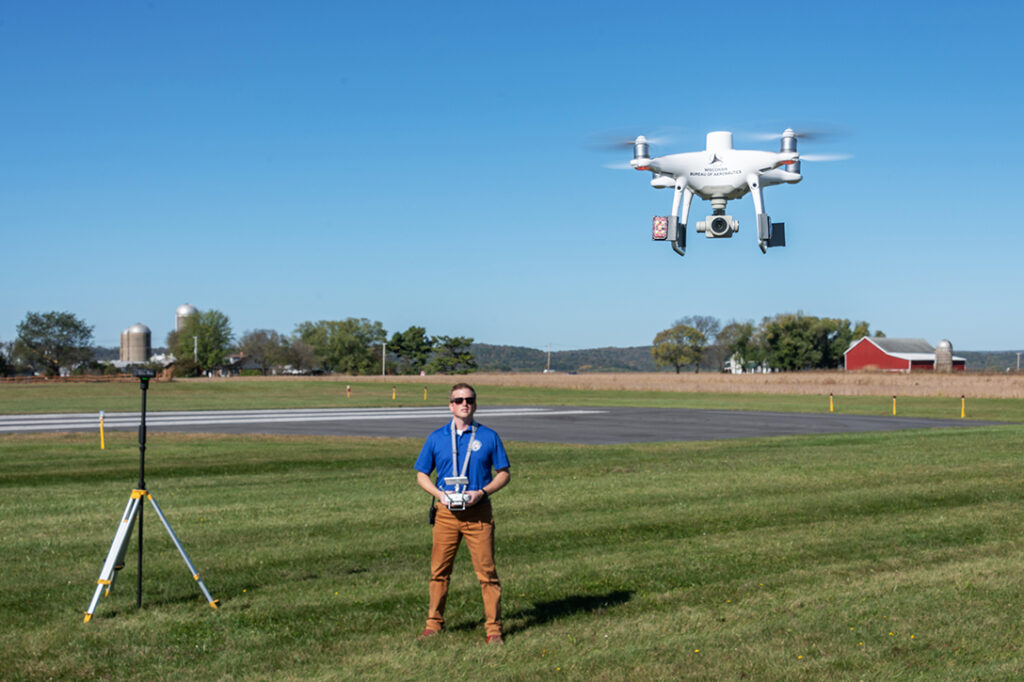 For pilots, a freshly paved runway or new terminal building are airport improvements that are easy to recognize and appreciate. Conversely, obstruction clearing can be one of the most challenging improvements made at an airport, but often goes unnoticed by airport users. While many parts of Wisconsin are home to pristine forests, trees close to the runway can pose a hazard to aircraft. We may think of ourselves as capable backcountry pilots, but the truth is, a shallow, stable approach to the runway is generally safest for most pilots and aircraft. Clear approaches also increase the margin for error during the most critical phases of flight, which is especially important in poor weather conditions. For these reasons, identifying and mitigating trees and other obstructions is a never-ending project for many Wisconsin airports.
For pilots, a freshly paved runway or new terminal building are airport improvements that are easy to recognize and appreciate. Conversely, obstruction clearing can be one of the most challenging improvements made at an airport, but often goes unnoticed by airport users. While many parts of Wisconsin are home to pristine forests, trees close to the runway can pose a hazard to aircraft. We may think of ourselves as capable backcountry pilots, but the truth is, a shallow, stable approach to the runway is generally safest for most pilots and aircraft. Clear approaches also increase the margin for error during the most critical phases of flight, which is especially important in poor weather conditions. For these reasons, identifying and mitigating trees and other obstructions is a never-ending project for many Wisconsin airports.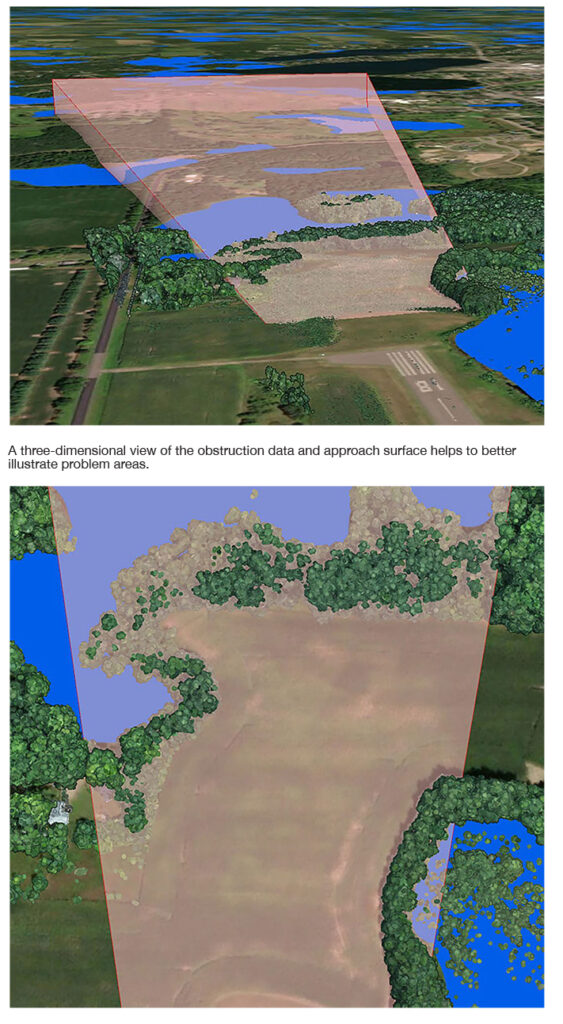 The advantages of utilizing the drone are significant. Whereas previous obstruction evaluations were limited to line of sight from the ground, this process allows the inspector to comprehensively evaluate the entire approach area. In addition, data accuracy is improved over previous collection methods. Finally, additional analysis of the data can answer important questions like whose property is the obstruction on and how many trees need to be cleared. Useful maps can also be created to aid in obstruction reporting, decision-making, and eventually mitigation.
The advantages of utilizing the drone are significant. Whereas previous obstruction evaluations were limited to line of sight from the ground, this process allows the inspector to comprehensively evaluate the entire approach area. In addition, data accuracy is improved over previous collection methods. Finally, additional analysis of the data can answer important questions like whose property is the obstruction on and how many trees need to be cleared. Useful maps can also be created to aid in obstruction reporting, decision-making, and eventually mitigation.








